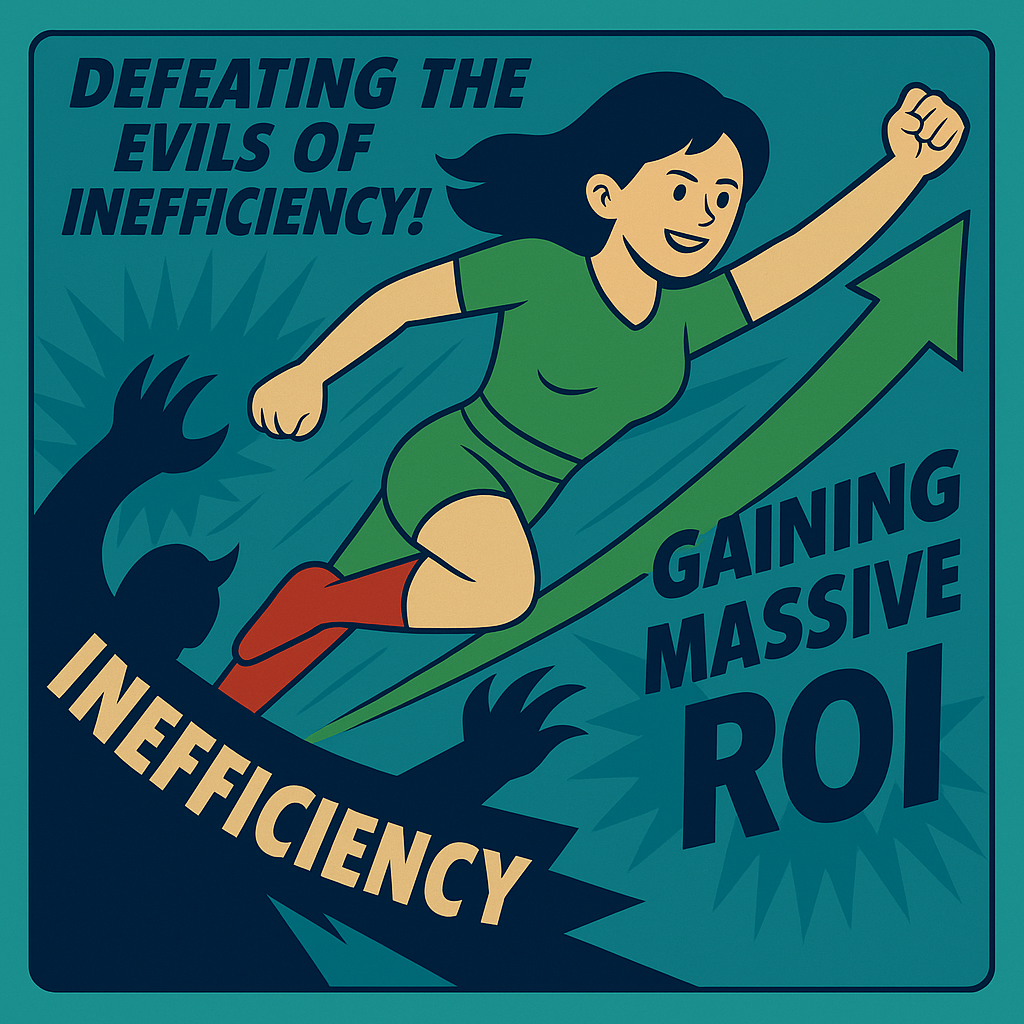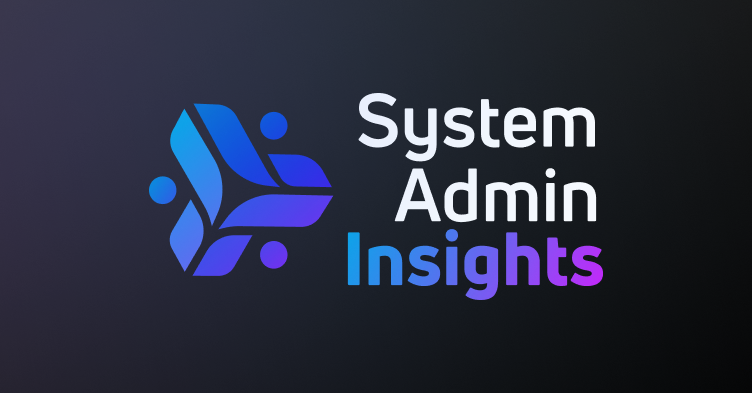After countless conversations with talent acquisition leaders across our customer base and the System Admin Insights community, I’ve discovered something both surprising and not surprising at all: most people don’t actually know their cost per hire.
I always reassure them this is nothing to be ashamed of. It’s incredibly common. But still, it’s worth asking why this fundamental metric is so elusive for so many organizations. Here’s what I’ve learned.
What Cost Per Hire Actually Is
Cost per hire is often described as one of the most important metrics in talent acquisition. It shows up in benchmarking reports, HR dashboards, and executive conversations about recruiting efficiency. But in practice, it’s rarely used in a consistent or meaningful way. Most organizations either don’t calculate it at all or rely on rough estimates that aren’t tied to any strategic decision-making.
According to the Society for Human Resource Management (SHRM), the average cost per hire for U.S. companies is approximately $4,700. UK data from CIPD shows an average of £6,125.
In 2012, SHRM and the American National Standards Institute (ANSI) standardized the formula:
Cost Per Hire = (Total Internal Recruiting Costs + Total External Recruiting Costs) ÷ Total Number of Hires
On paper, it’s simple. In practice, almost no one calculates it with full confidence.
Why So Many Organizations Struggle to Measure It
Even though the formula is straightforward, calculating cost per hire accurately is far from easy. Three challenges show up consistently.
Ambiguity About What Should Be Included
There’s no universal consensus on what to include. One company might count recruiting software costs. Another might skip them entirely. Salaries for talent acquisition leaders, recruiting coordinators, and onboarding staff fall into a gray area. Even referral bonuses are inconsistently tracked. And while some companies try to estimate the value of hiring managers’ time spent interviewing, most don’t bother.
The SHRM/ANSI standard offers a blueprint, but many teams find it too broad or too rigid to apply cleanly to their internal operations.
Disconnected Data
Even when the finance team, HR, and recruiting agree on what to measure, the data lives in different places. Some expenses live in finance systems. Others are tracked in the ATS or tucked away in departmental budgets. Recruiting efforts are often decentralized, which means costs are captured inconsistently.
Assembling a full picture takes work across departments. It also requires a lot of clarity around who owns which piece of the puzzle.
Murky Metrics Elsewhere
Companies that struggle to define cost per hire often also struggle with turnover calculations. The challenges are similar. Definitions vary. People disagree on when the clock starts and stops. Ambiguity about basic inputs makes it hard to define outputs.
When your metrics house is built on shaky definitions, cost per hire gets even harder to calculate accurately.
What to Include in Cost Per Hire
The most credible guidance comes from the SHRM/ANSI standard. They separate cost per hire into internal and external components. Here’s what they recommend including.
Internal Costs
- Salaries and benefits for recruiting staff
- Recruiting department overhead
- Referral bonuses
- Internal sourcing efforts
- Training and development for recruiters
- Hiring managers’ time (optional but valuable)
External Costs
- Job advertising and marketing
- External recruiter or agency fees
- Background checks, assessments, and screenings
- Candidate travel and interview reimbursements
- Recruiting software and subscriptions
- Relocation or signing bonuses
- Other external services, like immigration support or legal fees
What’s not included: post-hire training, onboarding beyond day one, lost productivity during ramp-up, and the new employee’s salary. Cost per hire stops at the start date.
Common Blind Spots
Even organizations that track cost per hire formally often miss key components. A few of the most common gaps come up again and again.
Agency Spend Lives in a Black Box
One talent leader told me she had no way to track agency spend because it was handled separately by each department. Vendor relationships lived in email threads or one-off budget lines. No central system captured the full picture.
Agencies rarely go out of their way to make spend more visible. In fact, the less clarity you have, the more valuable they can seem. For many companies, agencies remain a default solution—not because they’re always the best option, but because no one has visibility into how much they’re costing.
Job Boards on Autopilot
Many organizations have long-standing contracts with job boards or run programmatic job ads that operate with minimal oversight. The spend renews automatically. Bills get paid without a second look. Leaders know the budget line exists, but not what it’s delivering.
This category is one of the easiest to optimize. But it’s often the most ignored.
Referral Programs
While most companies track payouts, few track the internal time and systems used to manage referral programs. These administrative and operational costs should be factored in.
Employer Branding
Recruitment marketing and employer brand campaigns support hiring, but they’re often accounted for separately. Some companies invest significantly here without allocating those costs across hires.
Technology Stack
Applicant tracking systems, candidate CRMs, sourcing tools, and scheduling platforms all play a role in recruiting. But in many organizations, their costs aren’t factored into cost per hire, or are split across multiple departments and hard to consolidate.
Compliance and Legal Costs
Background checks, verification services, and immigration support are essential recruiting activities. They’re often outsourced to vendors and left out of cost-per-hire calculations.
Opportunity Costs
The value of time spent by hiring managers and interviewers is rarely included. It’s complicated to quantify, but for roles that require multiple interviews across several stakeholders, the time investment is real.
How Hiring Models Affect Cost Per Hire
The cost-per-hire metric is designed for in-house HR teams. But its meaning and relevance shift depending on your hiring model.
In-House Corporate Hiring
This is the most straightforward use case. Internal and external costs are tracked, divided by the number of hires, and used for benchmarking or budgeting.
Third-Party Agencies
When you work with outside recruiters or staffing firms, agency fees become the dominant cost. Agencies often charge 15 to 25 percent of the candidate’s salary. This skews the average upward and makes it harder to compare against roles filled internally.
For hard-to-fill or senior positions, agencies can still make sense. But you need visibility into what they’re really costing you.
Contingent Workers
Contractors, temps, and freelance workers don’t fit neatly into the standard formula. You don’t pay to recruit them in the same way, but there are still costs involved. Agency markups, conversion fees, and onboarding costs all play a role. Defining cost per hire for contingent labor requires a different lens.
Internal vs. Comparable Metrics
The SHRM/ANSI standard introduces a helpful distinction.
- Internal CPH includes all costs that make sense for your organization. It’s useful for your own reporting and analysis.
- Comparable CPH excludes one-time or exceptional costs, like relocation or immigration fees. It’s meant for benchmarking against other companies using the same standard.
If you’re comparing yourself to industry benchmarks, make sure your definition aligns with theirs.
Start With Strategy
One customer I worked with was building out a Power BI dashboard and planning to include cost per hire. When I asked whether they already knew their number, I got a familiar pause. They didn’t. I let them know that’s normal, and encouraged them to make cost per hire the first thing they measure.
It’s easy to think strategy will come later, once the dashboard is done and the data is flowing. In reality, starting with strategy helps everything else fall into place. Without that lens, dashboards can become artifacts that look impressive but don’t drive action.
Get to “Accurate Enough”
Don’t wait until your data is perfect. Start with an estimate that’s close enough to be useful.
Our calculator takes into account:
- Turnover rate
- Recruiter headcount
- Fringe benefits
- HR technology costs
- Non-recruiter staff time
- Agency spend
- Job board spend
It also projects savings based on:
- Faster time to fill
- Faster time to start
- Reduced agency spend
- Reduced job board spend
Even if you’re only tracking these components, you’ll be ahead of most organizations. You’ll have a baseline, and that’s what unlocks better planning, stronger business cases, and more credibility with leadership.
See below to try the calculator directly, or click here to open it in a new tab.
From Cost Center to Strategic Function
When talent acquisition has no financial metrics, it gets viewed as a cost center. But when you bring cost per hire into the conversation—especially with clear documentation, consistent definitions, and real benchmarks—you begin to shift that perception.
TA becomes something leaders can trust to make business-aligned decisions. Your credibility increases. Your influence expands. And your team starts to operate with more intention and direction.
What to Do Now
Start tracking cost per hire with whatever data you have. Use the SHRM/ANSI standard or a modified version that works for you. Make sure the definition is written down and applied consistently. Add more detail over time.
Cost per hire doesn’t have to be perfect. But it does have to exist.
Once you start measuring it, you’ll never want to stop.




